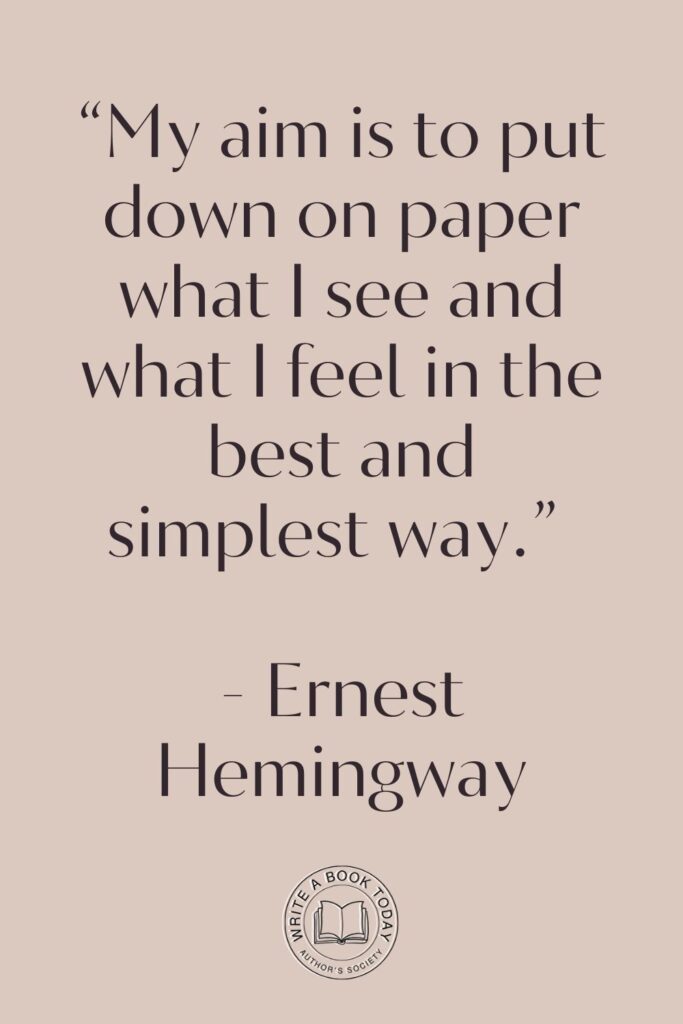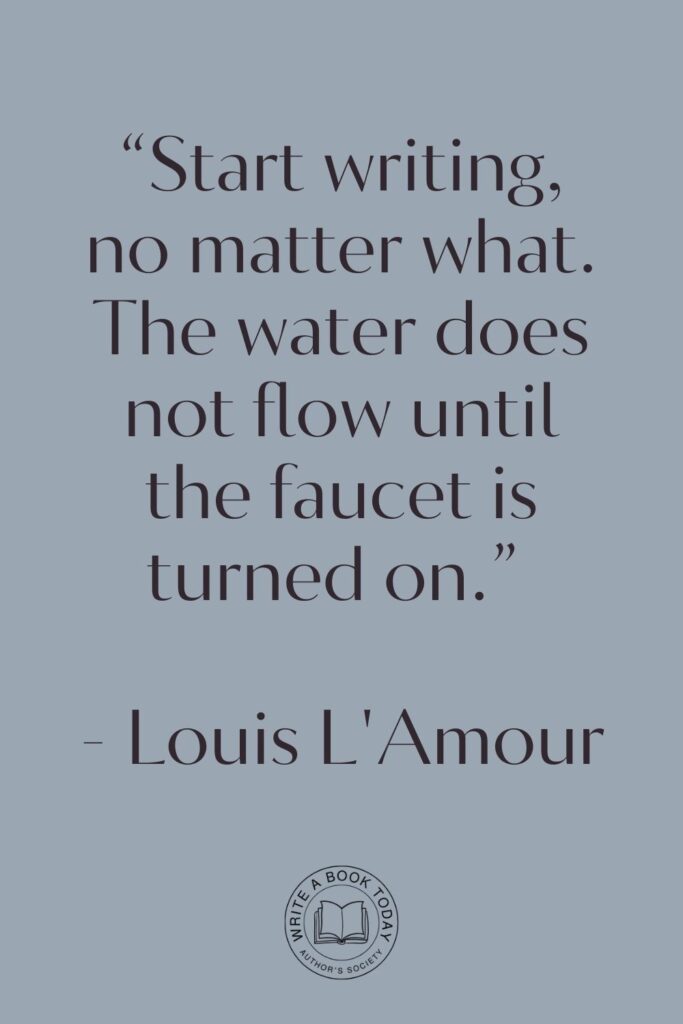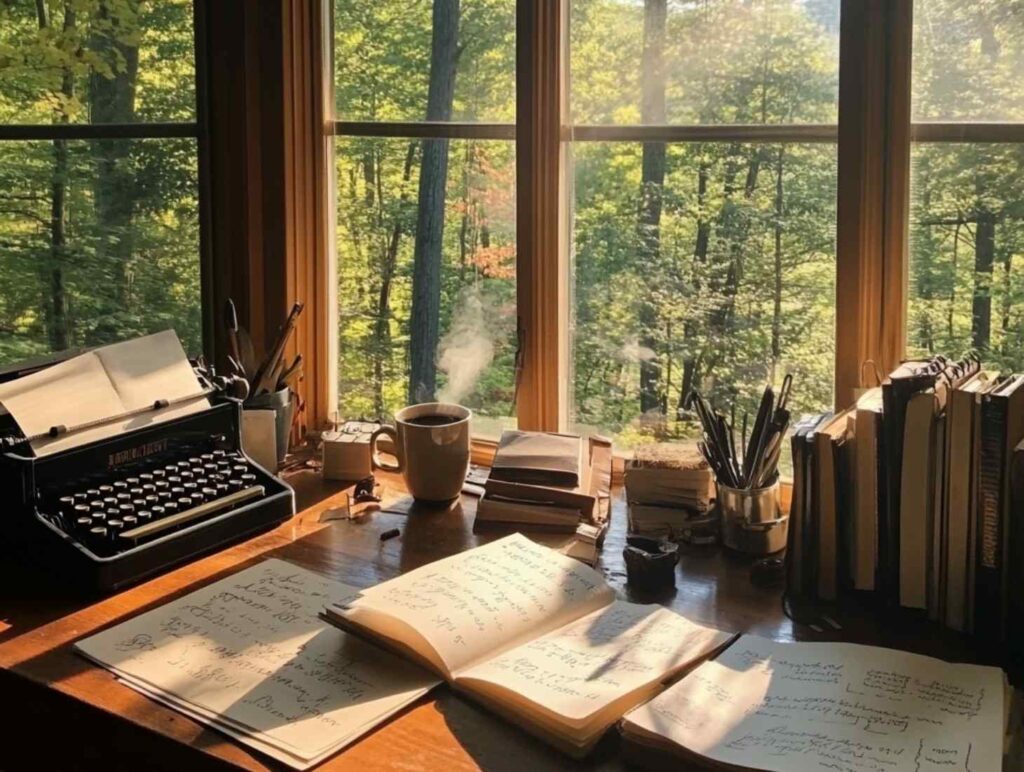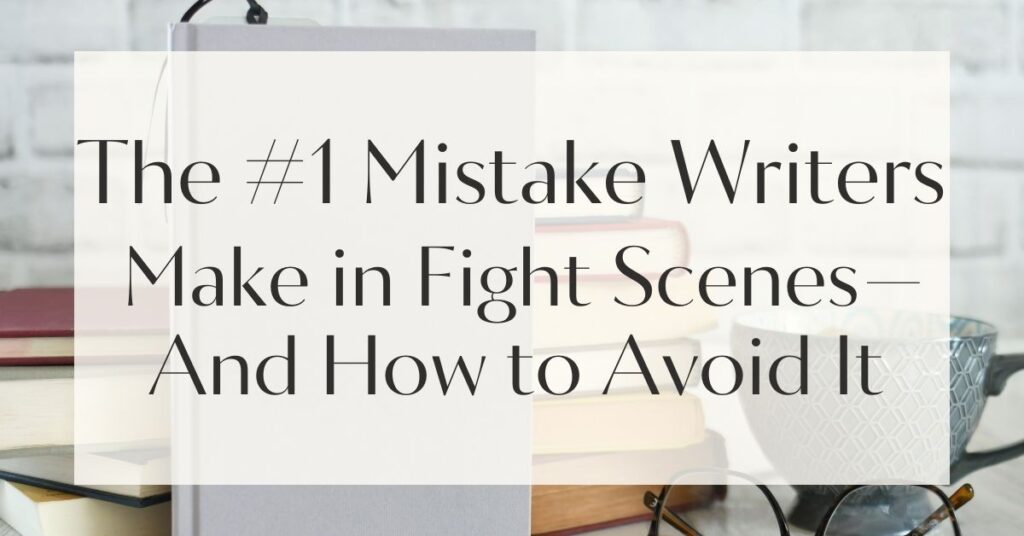Imagine this: you’re deep into a novel, the tension is palpable, and the protagonist is about to face their nemesis in a climactic battle. But then, the fight scene unfolds, and instead of feeling the adrenaline rush, you find yourself skimming through the pages, detached and disinterested. What went wrong?
The truth is, writing a compelling fight scene is an art form that requires finesse and attention to detail. Many writers stumble at this crucial juncture, often due to one common oversight.
This blog post will illuminate the mistake writers make in fight scenes and provide actionable strategies to avoid it, ensuring your readers remain on the edge of their seats.
Understanding the Common Pitfall in Fight Scene Writing
In the world of storytelling, fight scenes serve as a pivotal moment where action and emotion collide. Yet, the most prevalent mistake writers make in fight scenes is failing to ground the action in reality and emotion.
Writers often focus excessively on the choreography—the punches kicks and dodges—without anchoring these movements in the characters’ experiences and stakes. This results in a fight that feels mechanical, leaving readers unengaged.
The Mistake Writers Make in Fight Scenes
The key blunder is crafting fight scenes that are too technical, resembling a list of actions rather than a fluid narrative. This approach strips the scene of its emotional core, making it difficult for readers to connect with the characters’ struggles and triumphs.
Instead of visualizing the fight as a cinematic sequence, writers should weave in the characters’ thoughts, feelings, and motivations, turning the battle into a narrative that resonates on a deeper level.
For instance, consider the emotional stakes involved. Why are the characters fighting? What do they stand to lose or gain? These questions should be at the forefront of your mind as you pen the scene.
By integrating these elements, you transform a mere exchange of blows into a meaningful encounter that advances the plot and deepens character development.
No marketing platform? No social following? No problem!
Publisher Rocket helps you market your debut novel like a pro.
It’s a gamechanger for debut authors – try it today!


Why This Mistake Happens
Many writers fall into this trap due to a desire to impress with intricate action sequences. They may believe that detailed descriptions of martial arts moves or weapon techniques will captivate the reader.
However, without context or emotional investment, these details can quickly become overwhelming and tedious. Additionally, writers might lack confidence in their ability to convey physical action, leading them to rely heavily on technical descriptions.
To avoid this mistake, focus on what the fight reveals about the characters. Use the scene to highlight their vulnerabilities, strengths, and growth. This not only enriches the fight but also adds layers to the narrative.
Recognizing the Signs of Weak Fight Scenes
Identifying a weak fight scene involves looking for certain telltale signs. If the scene reads like a play-by-play sports commentary, it likely lacks depth. Another red flag is if readers express confusion about who is doing what or why the fight is happening.
This indicates that the scene is not grounded in the story’s context or the characters’ perspectives.
Moreover, if feedback consistently mentions that the scene feels disconnected from the rest of the narrative, it may be because it doesn’t contribute meaningfully to character development or plot progression. Recognizing these signs is the first step towards crafting more engaging and immersive fight scenes.

Crafting Dynamic and Engaging Fight Scenes
Creating a fight scene that captivates readers requires a blend of action, emotion, and storytelling. By focusing on the characters’ inner worlds and the external conflict, you can write scenes that resonate and thrill. Let’s explore some key components that make fight scenes truly memorable.
Key Elements of a Great Fight Scene
Firstly, a great fight scene should have a clear purpose. It must advance the plot, reveal character traits, or resolve a conflict. Without a purpose, the scene becomes filler, detracting from the story’s momentum. Secondly, vivid imagery is essential.
Use sensory details to immerse readers in the scene—describe the sounds of clashing swords, the smell of sweat, or the sharp sting of a cut. This sensory engagement pulls readers into the action, making it more immediate and visceral.
Lastly, remember that less can be more. Instead of detailing every punch or kick, focus on the most impactful moments. Highlight the turning points of the fight, where the tide shifts or a character makes a critical decision. This approach maintains tension and keeps readers invested in the outcome.
Building Tension and Stakes
One of the most crucial aspects of a fight scene is building tension. This involves creating a sense of uncertainty about the outcome, which keeps readers glued to the page.
Establishing high stakes is key—what are the consequences if the protagonist loses? Will they fail their mission, or will a loved one suffer? By clearly defining what’s at risk, you heighten the emotional impact of the fight.
- Define the stakes early on to give the fight context and urgency.
- Use pacing to control the tension. Slow down at critical moments to emphasize their importance.
- Incorporate unexpected twists to keep readers on their toes.
Feeling lost with your debut novel?
Fiverr Pro connects you with expert editors, designers, and marketers – everything you need to get your book ready for success!

Utilizing Character Emotion and Motivation
Emotions are the lifeblood of any fight scene. They add depth and complexity, transforming a simple altercation into a pivotal moment in the narrative. To achieve this, delve into your characters’ motivations.
Why are they fighting? Is it out of desperation, anger, or a sense of duty? These emotions should be woven into the fabric of the scene, influencing their actions and decisions.
Consider how a character’s backstory might affect their fighting style. A character with a traumatic past might fight recklessly, driven by a need to prove themselves. Conversely, a seasoned warrior might approach combat with calm precision. By aligning the fight with the characters’ emotional arcs, you create a scene that is both authentic and engaging.
Pacing and Rhythm in Action Writing
Pacing is the heartbeat of a fight scene, dictating the ebb and flow of action. To maintain a gripping pace, vary sentence lengths and structure. Short, choppy sentences can convey rapid movement and urgency, while longer sentences allow for reflection and introspection.
This rhythmic variation mirrors the unpredictability of a real fight, keeping readers on edge.
Experiment with different pacing techniques to find what suits your scene best. Rapid, staccato sentences can heighten tension, while longer, descriptive passages can slow down the action to emphasize key moments.
Practical Tips to Improve Your Fight Scenes
Improving your fight scenes involves practice and a willingness to experiment with different styles. By incorporating new techniques and learning from others, you can enhance your writing and create scenes that resonate with readers.

Experimenting with Different Styles
Don’t be afraid to try various approaches to fight scene writing. Each scene may call for a different style depending on the context and characters involved.
For instance, a comedic fight might benefit from exaggerated movements and witty banter, while a dramatic showdown might require a more serious and intense tone. Experimentation allows you to discover what works best for your story and helps you develop a unique voice.
Read widely across genres to see how different authors handle fight scenes. Take note of what resonates with you and consider how you can adapt these techniques to fit your narrative.
Incorporating Humor and Relatability
Adding humor to a fight scene can offer relief and make the characters more relatable. Humor can humanize characters, showing their flaws and vulnerabilities even in the heat of battle. This approach is particularly effective in light-hearted or satirical works, where the fight serves as both a conflict and a source of entertainment.
Consider using humorous inner monologues or quirky character interactions to lighten the mood. This not only engages readers but also provides contrast to the seriousness of the fight, enhancing its impact.
Google Docs is for notes. Scrivener is for novels. Upgrade your writing game and try it for free today!

Learning from the Masters: Notable Examples
Studying how masterful writers craft their fight scenes can offer invaluable insights. Authors like J.K. Rowling and George R.R. Martin are renowned for their ability to balance action with emotion, creating scenes that are both thrilling and meaningful.
Analyze how they build tension, develop characters, and use setting to enhance the narrative.
| Author | Notable Work | Technique |
|---|---|---|
| J.K. Rowling | Harry Potter Series | Blends magic with emotion to elevate stakes |
| George R.R. Martin | A Song of Ice and Fire | Intertwines political intrigue with personal conflict |
| Brandon Sanderson | Mistborn Series | Uses detailed world-building to inform fight dynamics |
Join the Conversation: Share Your Experiences
Writing is a collaborative journey, and sharing experiences can lead to growth and inspiration. By discussing your own challenges and triumphs in fight scene writing, you contribute to a community of learning and creativity.

Inviting Feedback and Discussion
Engage with fellow writers by seeking feedback on your fight scenes. Constructive criticism can highlight areas for improvement and provide fresh perspectives. Online forums, writing groups, and social media platforms are excellent venues for exchanging ideas and techniques.
Don’t shy away from sharing your drafts with others. Feedback is a valuable tool for growth, offering insights that can refine your writing and enhance your storytelling skills.
Encouraging Practice and Experimentation
Ultimately, the key to mastering fight scene writing is practice. Embrace the process of trial and error, allowing yourself the freedom to experiment and make mistakes. Each attempt brings you closer to finding your unique style and voice.
Remember, every writer has their own journey. Celebrate your progress, learn from your experiences, and continue to push the boundaries of your creativity.
With dedication and persistence, you’ll craft fight scenes that not only captivate readers but also leave a lasting impact.








